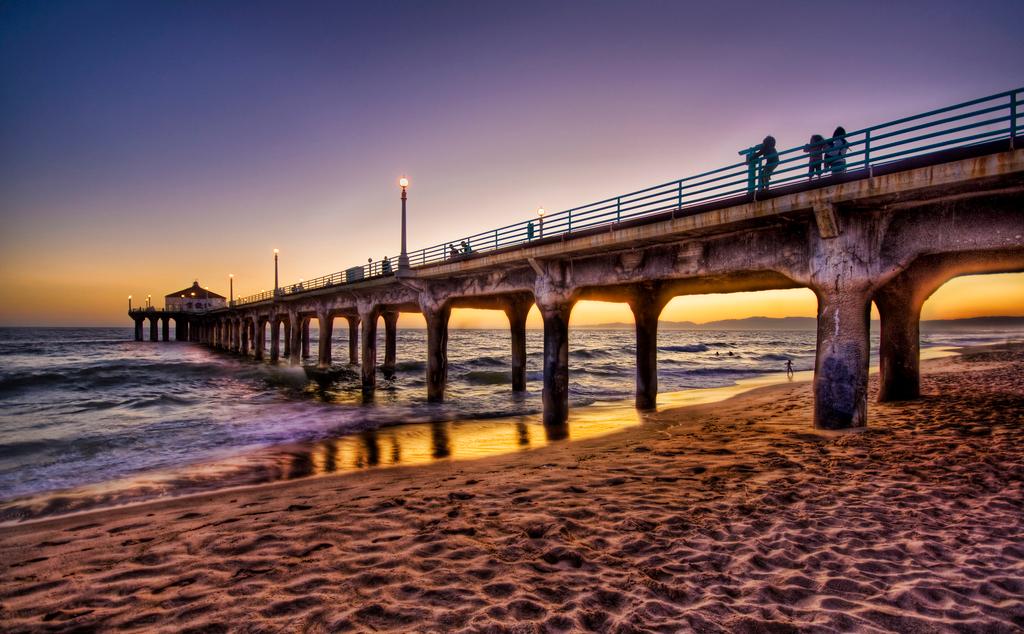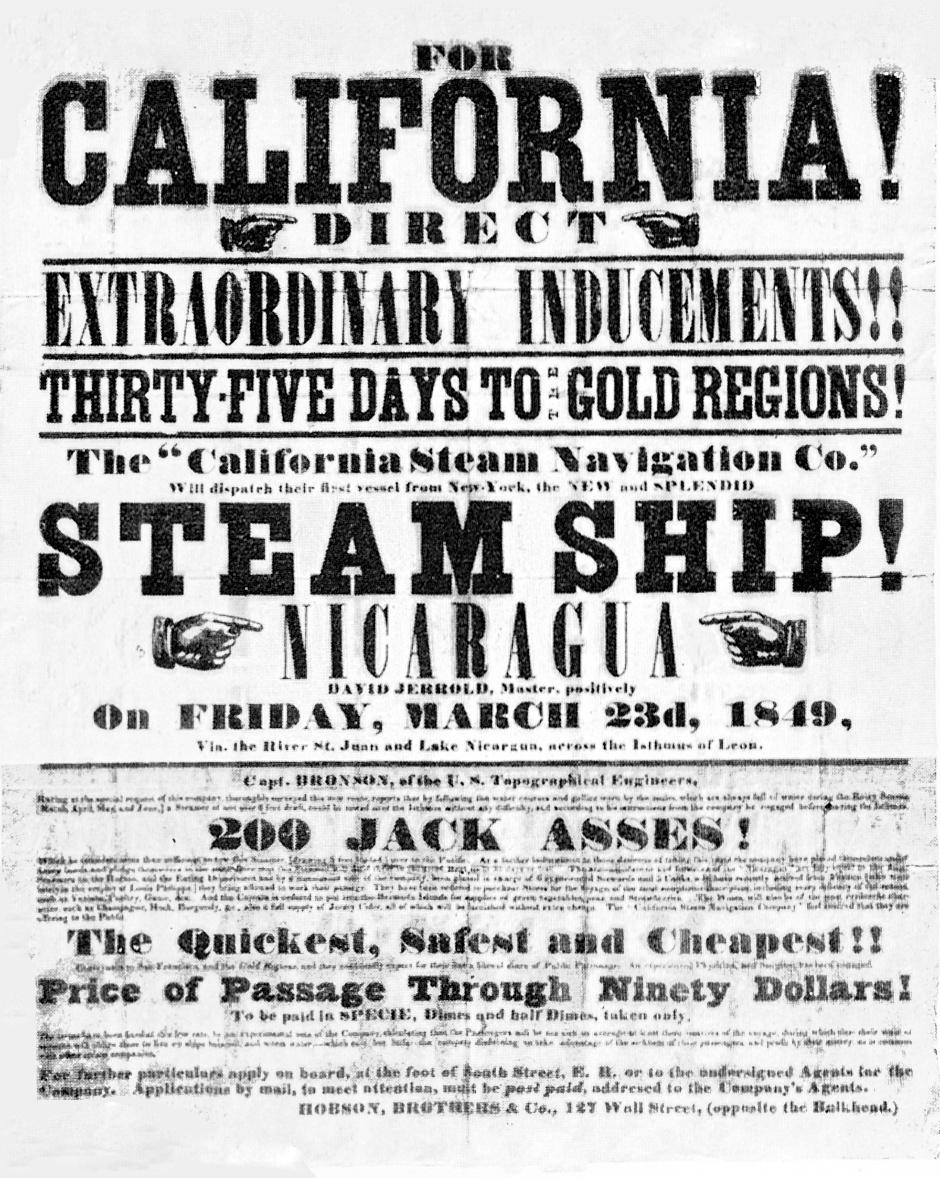California

California consists of the glamour of Hollywood, the IT center of the U.S. in Silicon Valley, cowboy country around San Luis Obispo, and agriculture in the great central valley described in Steinbeck’s "The Grapes of Wrath". In addition, it is a skiers’ paradise with the Sierra Nevada mountains and a hiker’s dream with the beautiful redwood forests in Yosemite. Furthermore, one can find every political leaning from the radical atmosphere around Berkeley to the conservative Orange County whose airport, called John Wayne International Airport, says a lot about the mentality. Yes, California has it all.
California has as interesting a history as its present. Naturally, the first settlers were what we today call Native Americans who came to America thousands of years ago. They made their way from Asia over the Bering Straits to Alaska and then south as far as South America. It is estimated that they numbered up to 300,000 in what is now California. The Spanish were the first Europeans to explore California. Juan Cabrillo claimed California for the Spanish king in 1592, but two hundred years passed before the Spanish started colonizing California. This was done by a combination of forts (presidios) and 21 missions (some of which still exist and can be visited) set a one-day’s march apart. The Catholic fathers who ran the missions thought that they could train the Native Americans for life in Europe, an idea which completely failed. Sickness brought by the Spanish and hard working conditions reduced the population of Native Americans to 150,000 by the 1830’s.
Spain lost its colonies in America, first Mexico and then California, which the Mexicans claimed. However, Mexico had trouble maintaining control of California and a combination of a local revolt against Mexican rule in 1842 and the Mexican-American War a few years later brought their control to an end. Still the Spanish-Mexican heritage can be seen in city names like San Diego, Los Angeles, Santa Barbara and San Francisco, as well as the architecture. Mexican culture is also prevalent with 46% of Los Angeles’ residents having Spanish as their native language.

When gold was discovered in 1848 at Sutter’s mill, a stampede was started and the so-called “Forty-niners rushed to California to seek their fortune. The population grew from 150,000 to 308,000 by 1860. California became known as the Golden State and ever since the gold rush, California has been growing. It became the center of film production in Hollywood and the home of the defense industry around Los Angeles. However, recently California’s golden image has been tarnished and it has suffered a serious decline.
The financial crisis has resulted in a 40-50% decline in housing prices. Much of the education system in the United States is funded by local property tax and thus the decline in property value has seriously hit local education. In addition, the industries and the jobs on which California depends have been seriously affected by the recent decline. The state owes so much money which it cannot pay that it is offering IOUs (I Owe You), a type of credit certificate, instead of paying in dollars. Many state employees and teachers are required to take days off without pay. Thus, the Golden State, the dream at the end of U.S.’s 5000 kilometer expanse has lost much of its glory. It remains to be seen if, it can return to its golden days.